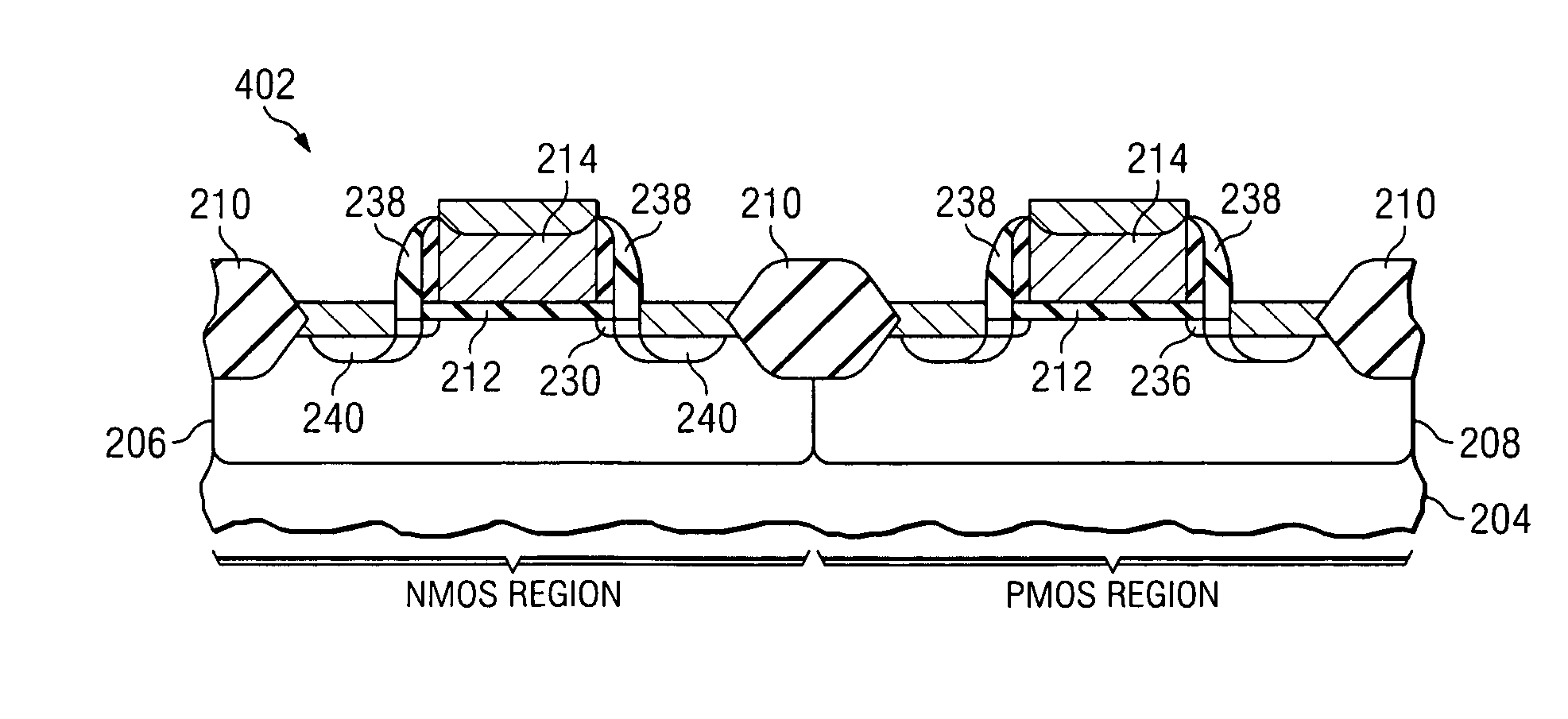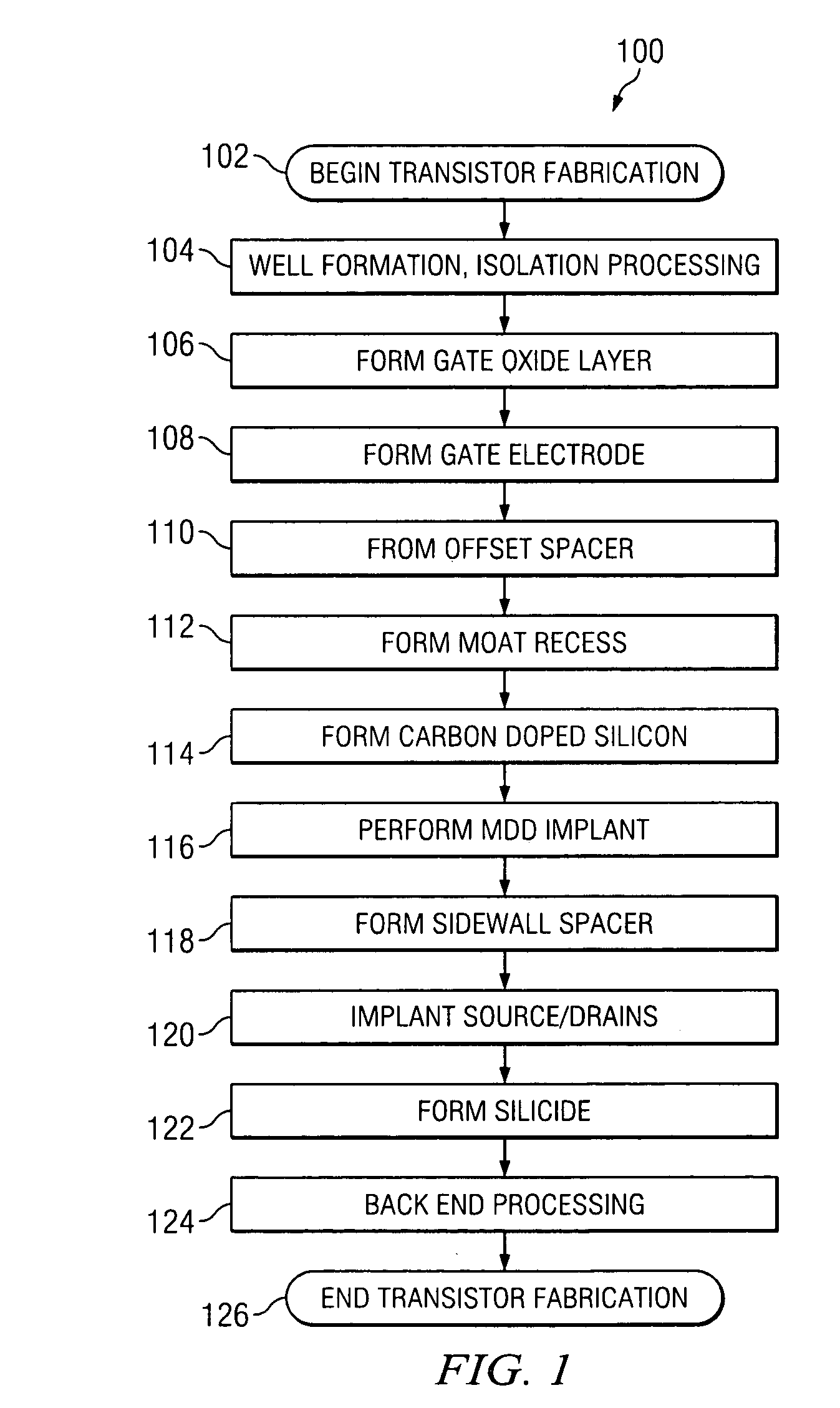Methods, systems and structures for forming improved transistors
a technology of transistors and transistors, applied in the field of semiconductor devices, can solve the problems of increasing scattering, reducing the mobility advantages of strained channels, and unable to achieve the relaxation layer, so as to improve the operation of devices
- Summary
- Abstract
- Description
- Claims
- Application Information
AI Technical Summary
Benefits of technology
Problems solved by technology
Method used
Image
Examples
Embodiment Construction
[0018]One or more implementations of the present invention will now be described with reference to the attached drawings, wherein like reference numerals are used to refer to like elements throughout, and wherein the illustrated structures are not necessarily drawn to scale. The invention provides transistor structures and methods exhibiting improved operating characteristics in which it is theorized that transistor mobility is improved while minimizing defects heretofore associated with conventional strained silicon device solutions.
[0019]The present inventors have determined that the operation of an FET is improved through manufacture and structure in accordance with the invention described below. While the inventors theorize that the beneficial results of the invention are obtained through the substitution of dopant atoms at an atomic level for silicon atoms within the semiconductor crystal lattice structure, resulting in the inducement of strain and concomitantly enhanced carrie...
PUM
 Login to View More
Login to View More Abstract
Description
Claims
Application Information
 Login to View More
Login to View More - R&D
- Intellectual Property
- Life Sciences
- Materials
- Tech Scout
- Unparalleled Data Quality
- Higher Quality Content
- 60% Fewer Hallucinations
Browse by: Latest US Patents, China's latest patents, Technical Efficacy Thesaurus, Application Domain, Technology Topic, Popular Technical Reports.
© 2025 PatSnap. All rights reserved.Legal|Privacy policy|Modern Slavery Act Transparency Statement|Sitemap|About US| Contact US: help@patsnap.com



